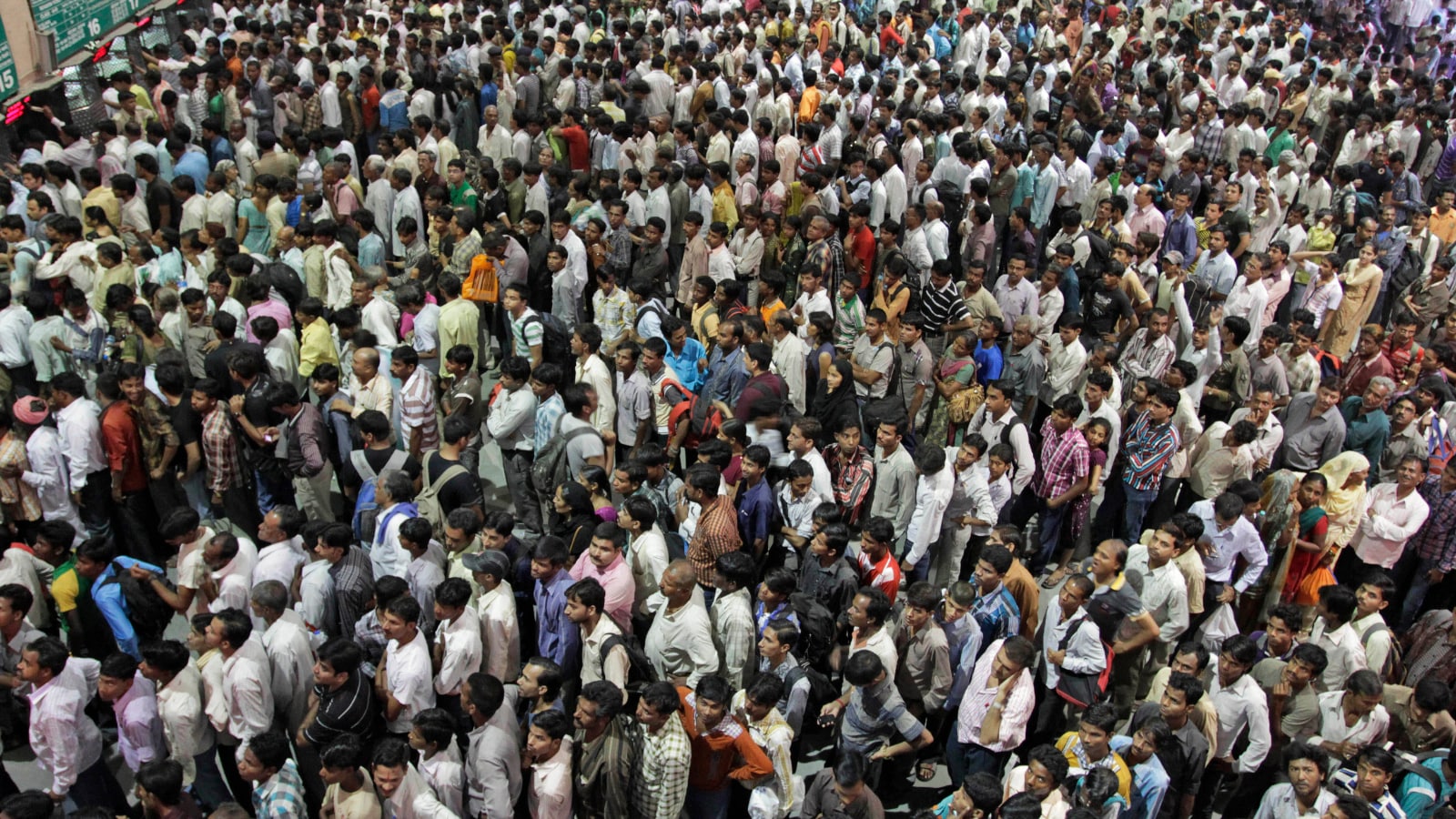Last Updated:
The most striking improvement has been in the Infant Mortality Rate (IMR), considered a key measure of health standards

Overall, the decline in these rates signals advancements in healthcare access, maternal and child health programmes, and better living conditions. Representational image
For the first time, India’s birth and death rates have dropped to nearly half their levels from fifty years ago, marking strong improvements in healthcare, family planning, and social well-being across the country, according to the latest government data for 2023.
Recommended Stories
According to the latest data from the Sample Registration System, India’s birth, death, and infant mortality rates have shown a steady decline over the past few decades.
Fall in birth rate
The birth rate (live births per thousand population) has fallen from 21.4 in 2013 to 18.4 in 2023. Overall, data shows the birth rate at all-India levels has declined drastically over the last five decades from 36.9 in 1971 to 18.4 in 2023—a drop of 18.5.
Birth rate defines the number of babies born alive in a year for every 1,000 people in the population, and it shows how fast a population is growing. Data shows that in rural areas, where birth rates have traditionally been higher, it recorded a decline from 22.9 to 20.3 over the same period, while in urban areas, it saw a sharper fall from 17.3 to 14.9. The data also highlighted regional disparities: Bihar reported the highest birth rate at 25.8 in 2023, while the Andaman & Nicobar Islands recorded the lowest at 10.1.
Declining death rate
The death rate (deaths per thousand population) also continued its downward trend, decreasing from 7.0 in 2013 to 6.4 in 2023. Death rate defines the number of people who die in a year for every 1,000 people in the population and gives an idea of overall mortality, life expectancy, and health conditions in a population.
Rural areas reported a death rate of 6.8, compared to 5.7 in urban areas. However, the gap between states remains significant. Chhattisgarh recorded the highest death rate at 8.3, while Chandigarh registered the lowest at 4.0.
Plummeting IMR
The most striking improvement has been in the Infant Mortality Rate (IMR), considered a key measure of health standards. IMR shows the number of babies who die before reaching 1 year of age (infants), per 1,000 babies born alive in a year. IMR is considered one of the best indicators of a country’s healthcare quality, nutrition, and living conditions, because it reflects how well newborns and mothers are cared for.
IMR dropped from 40 deaths per 1,000 live births in 2013 to 25 in 2023, a decline of nearly 37.5%. Rural IMR fell from 44 to 28, while urban IMR declined from 27 to 18 over the same period. In 2023, Chhattisgarh, Madhya Pradesh, and Uttar Pradesh reported the highest IMR at 37, while Manipur had the lowest at just 3.
MMR too headed down
A similar trend was visible in the data from the National Health Mission on the Maternal Mortality Rate. It showed that India’s decline in Maternal Mortality Rate (MMR) is higher than the global ratio. Between 1990 and 2020, India’s MMR declined by 83% in comparison to a 42% fall on a worldwide scale. It means in India, during 1 lakh live births, 556 mothers died. However, the number has now improved, and maternal mortality now stands at 97 deaths.
Overall, the decline in these rates signals advancements in healthcare access, maternal and child health programmes, and better living conditions. However, the variations across states point to uneven progress, calling for region-specific strategies to sustain and accelerate the gains.
About the Author

Himani Chandna, Associate Editor at CNN News18, specialises in healthcare and pharmaceuticals. With firsthand insights into India’s COVID-19 battle, she brings a seasoned perspective. She is particularly pass…Read More
Himani Chandna, Associate Editor at CNN News18, specialises in healthcare and pharmaceuticals. With firsthand insights into India’s COVID-19 battle, she brings a seasoned perspective. She is particularly pass… Read More
September 05, 2025, 07:30 IST
Loading comments…
Read More




